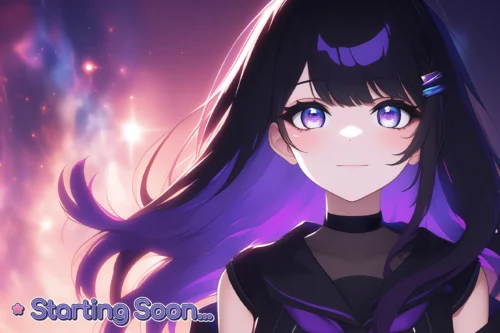
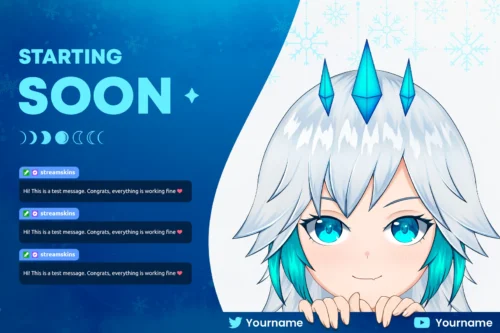
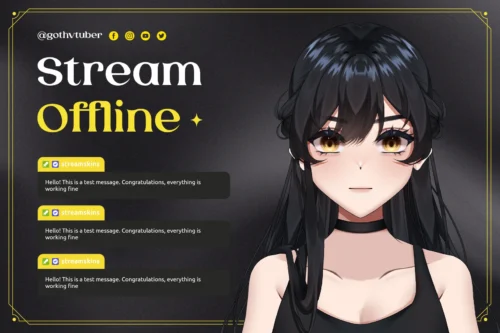
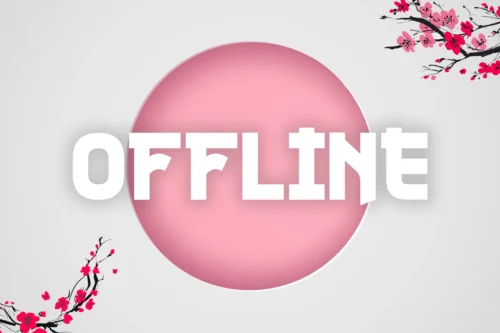
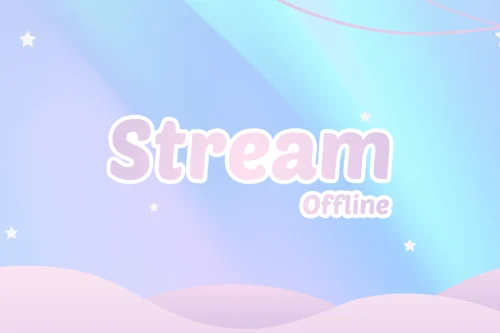
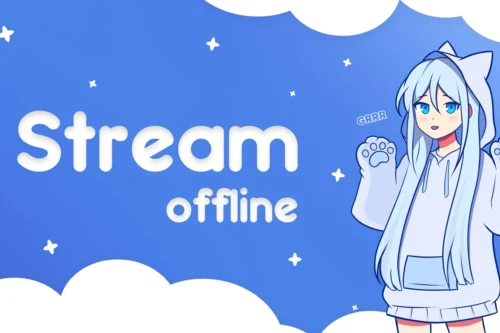
A VTuber is a streamer who uses a digital avatar instead of their real face. The term VTuber comes from the Japanese word Virtual YouTuber.
This new type of content creator has been rising in popularity, especially in 2020. Many famous VTubers, such as Gawr Gura, have millions of fans and followers.
VTuber Software use 3D or 2D avatars created using Live2D or VroidStudio. This software allows the VTuber maker to create an avatar that looks like them.
Using avatars allows the VTubers to remain anonymous, which can appeal to many viewers.
In addition, the use of avatars gives the VTubers more freedom to express themselves without worrying about their physical appearance.
To become a VTuber you will need a model or avatar.
Your avatar can be created using a variety of tools, including 2D graphics software such as Adobe Photoshop or Illustrator, or 3D modeling software such as Blender or Maya. You can either design your avatar yourself or hire a professional artist to do it for you.
You’ll need to have a good internet connection and a webcam in order to live stream your content. You can use programs like OBS to manage your live stream and add special effects or graphics.
As with any digital content creation, it’s essential to learn, adapt, and evolve. Listen to feedback, adjust your responses, and refine your avatar’s reactions and design.
If you want to know the step by step to create your VTuber Model check out our tutorial.
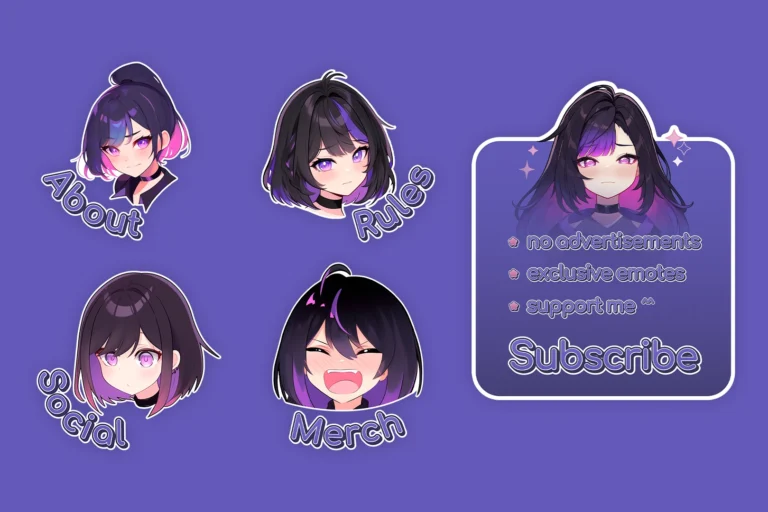
VTuber package is a bundle of the main files needed to become a streamer such as: VTuber Model, Rigging, expressions, transitions, alerts, among other assets in the same style as the model ready for your livestream.
A VTuber model is a digital representation of a Virtual YouTuber (VTuber), which is often a 3D or 2D character or avatar typically in anime style, used by content creators for videos and live streams.
These models are created using 3D or 2D modeling softwares and are animated using a technique called rigging, allowing them to express emotions, interact with the audience, and perform various actions in real-time.
3D VTuber Model: A 3D VTuber model can move in more dimensions and looks more like the physique and appearance of a human, on the other hand it loses some of the aesthetics and anime style of 2D models.
2D VTuber Model: While they may not have the same level of depth and realism as 3D models, 2D VTuber models are popular for their charming aesthetics and flexibility in animation styles which makes for a more pleasant look and smooth animations.
These models often feature detailed artwork, expressive facial features, and customizable elements such as clothing and accessories.
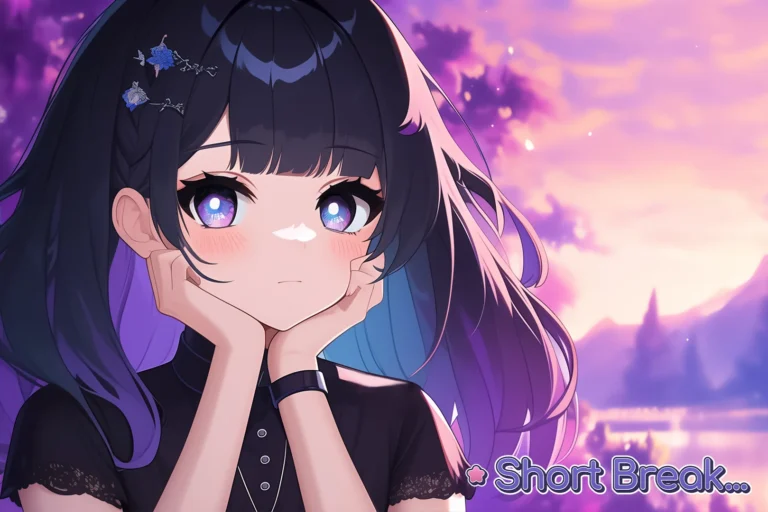
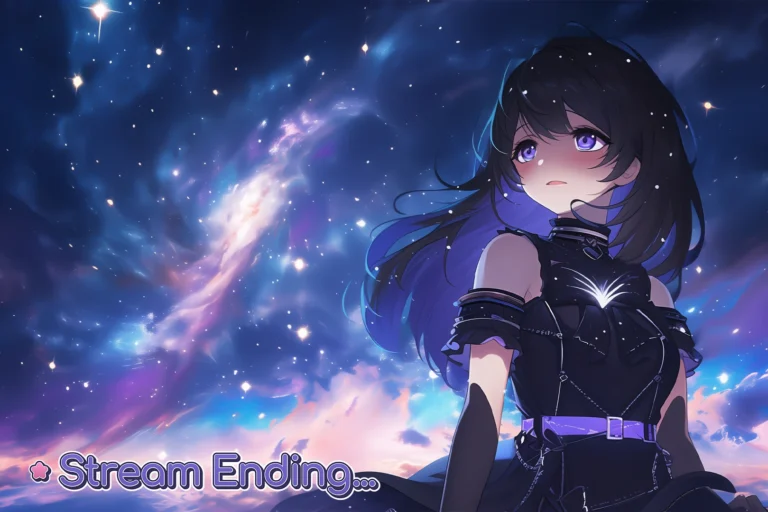
VTuber rigging refers to the process of creating a skeletal structure or framework within a virtual character model, allowing it to be animated and controlled with greater flexibility and realism.
Skeletal Structure: Rigging begins with the creation of a digital skeleton or rig inside the character model. This skeleton consists of interconnected bones or joints that mimic the structure of a human or creature. These bones are strategically placed throughout the model to correspond to key points of movement, such as joints, limbs, and facial features.
Facial Rigging: Facial rigging is a specialized aspect of VTuber rigging that focuses on creating controls for the character’s facial expressions and movements. This typically involves setting up a system of blend shapes or morph targets that allow the character to display a wide range of emotions, from smiling and frowning to blinking and winking.
Overall, VTuber rigging is a crucial step in the creation of virtual characters, enabling them to come to life with fluid and realistic movements that captivate the audience.

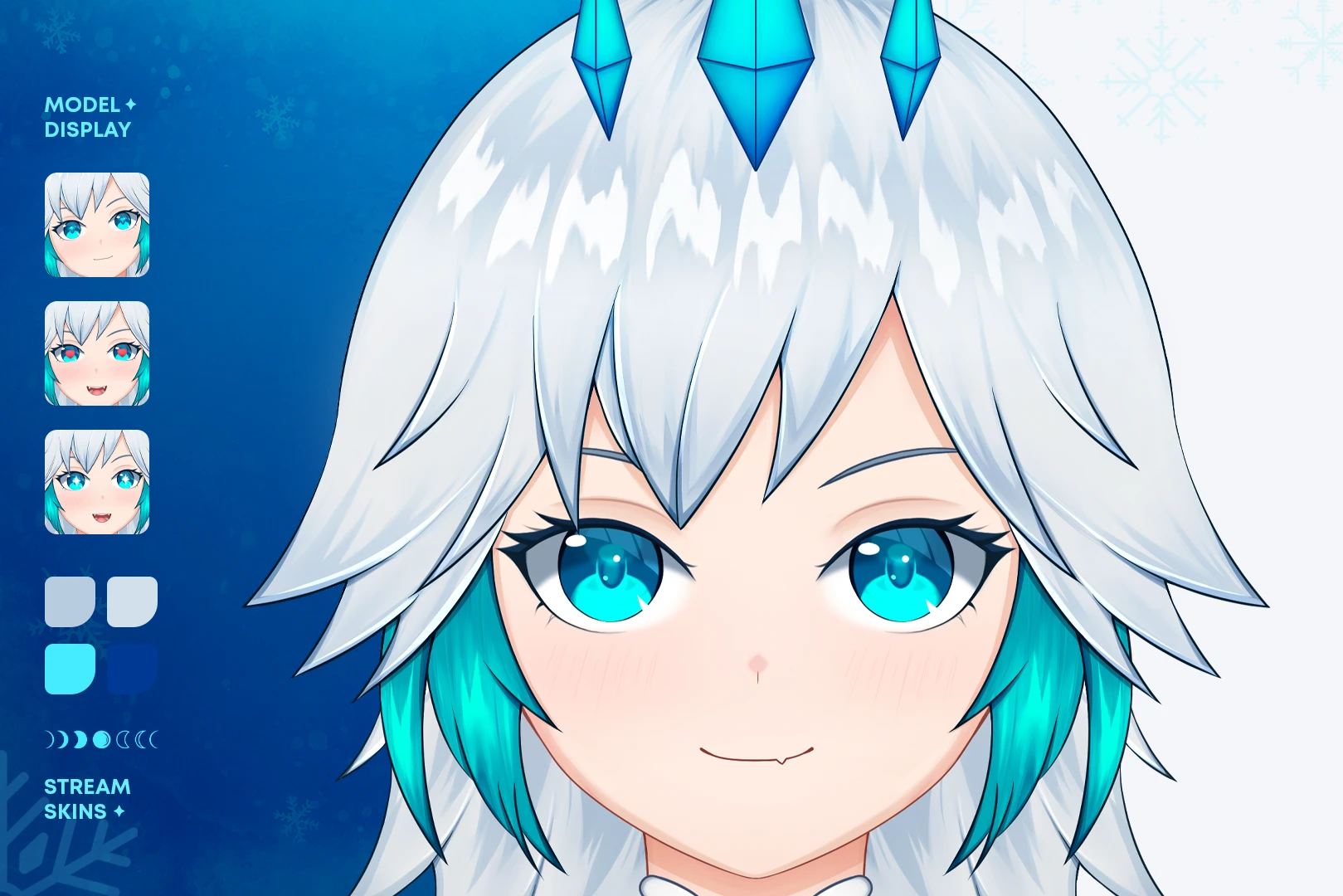
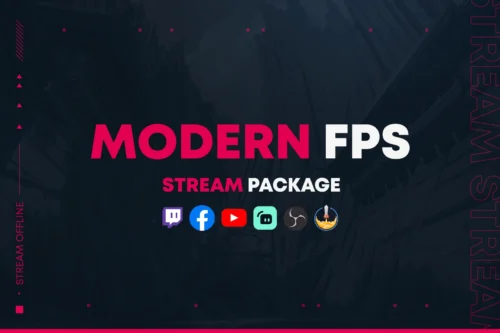


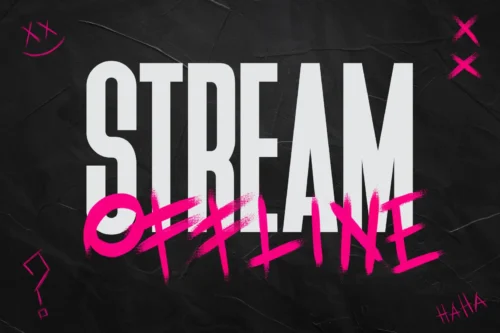
Before starting with Design and Illustration, you must create a VTuber Character Sheet. This will help you to develop a unique design that suits you. Once you’ve defined your VTuber design you have to illustrate all parts of the model, along with variations and assets and separate everything into parts so that it can be rigged. To rig your model you can use software like Live 2D. Keep in mind all the physics, interactions and smoothness of movement to get a good rig.
Conclusion: Creating a model yourself is free, but it’s not easy to make a good illustration, separate everything and animate all the parts, thinking about the physics and smoothness of the movements.
If you are undecided, Stream Skins offers some ready-made Vtubers with complete packages, including model + all overlays for your stream, so it is a good option for those who do not have a high budget or do not have artistic skills.
Hiring an artist is great for a more professional VTuber and saves you the trouble of illustrating and separating the parts. However, it can be a little expensive.
Prices vary between 3 categories: Bust Up, Half Body and Full Body. To make a model you must budget 2 values, the illustration and the rigging, the illustration of a VTuber may vary from $90 to $1500 the rigging is a little more complex and may vary from $90 to $4000.
To make a Vtuber, you need software to illustrate the model like Adobe Photoshop, Gimp, or Clip Paint Studio, software to rig the model like Live2DCubism, and software to stream like Streamlabs Desktop or OBS Studio.
Top apps for Vtubers are:
Remember, uniqueness and authenticity are key!